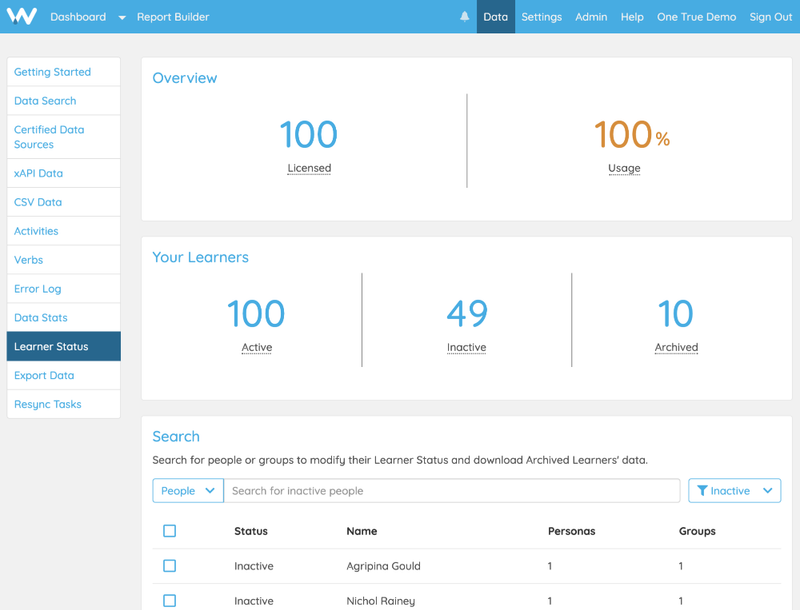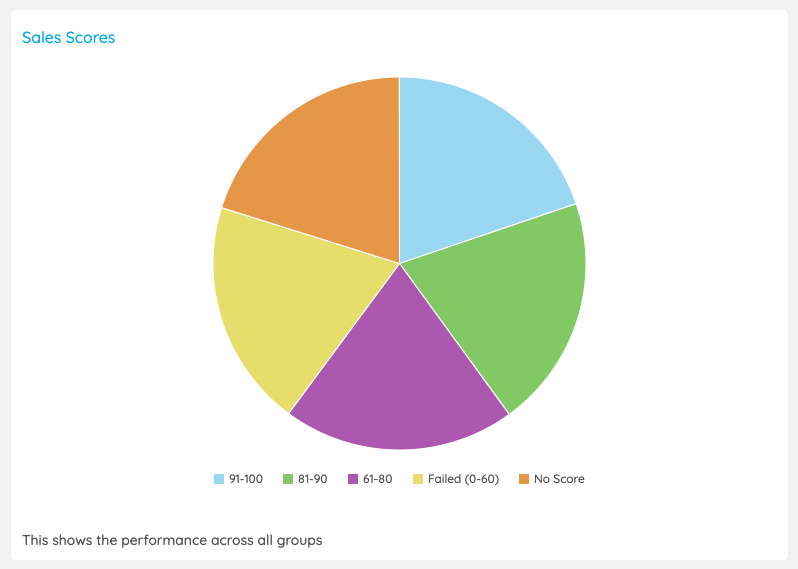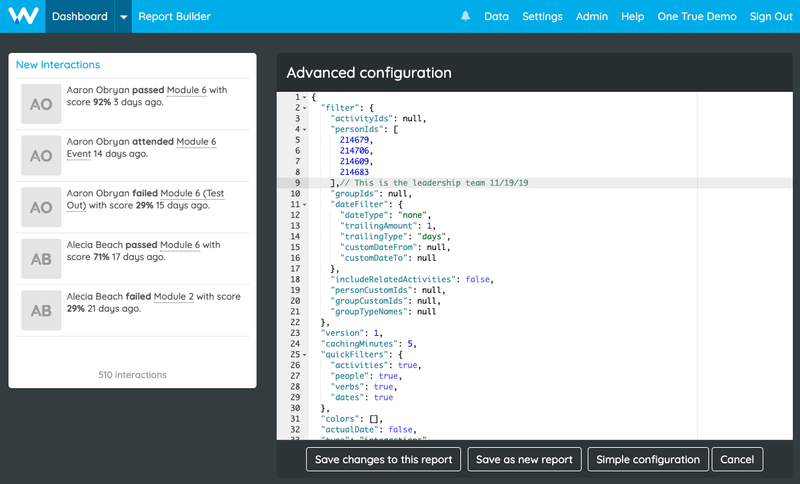Our latest Watershed updates include the ability to mark people and groups as inactive, create cohorts for people who are missing data, and add comments in advanced configuration.
Learner Status Page
Global organizations can have high employee turnover, and it can be important to remove former staff members from your learning analytics reporting in Watershed. The new Learner Status page allows you to control which of your users can be reported on:
By default, all of your learners are “active,” meaning they’ll appear everywhere in Watershed. You can set individuals or groups as “inactive” or “archived,” both of which will remove your learners from all parts of Watershed. Users can also download archived learners' data from the Learner Status page.
In combination with Watershed’s groups templates and APIs, controlling learner status can be automated. Just set a group to inactive, and use your HRIS system to control who is a member of the group.
Recommended Reading
"Missing" Statement Property Dimension
No matter how hard you try to keep your L&D data clean and accurate, there’s always a chance that you’ll have bad data or missing data coming from your systems. Our new "Missing" statement property dimension is another feature that can help make sense of data that's incomplete.
Statement property dimensions break data into items based on the value of a specified statement property. You might have a pie chart showing performance cohorts of your learners.
If people haven't taken the assessment, they won't have this data. Or maybe the data source was sending incorrect data for this assessment.
In either case, if you want to include these people in your pie chart, you can use the new "missing" statement property dimension to create a "bucket" for statements that are missing a specific property or assign those statements to another bucket.
As a result, you now have the option to see a more complete picture of your learners’ activity.
Recommended Reading
Comments in Advanced Configuration
Advanced Configuration enables precise control over creating and editing reports by providing access to options otherwise unavailable in Watershed's report builder.
Given the complexity of some Advanced Configuration setups, users have requested the ability to leave comments for themselves and other Watershed users across their organization.
Leaving comments allows you to communicate why you're using certain options and filters. They also provide context for anyone (including your future self) who may need to maintain or edit your configuration in the future.
Recommended Reading
About the author
Brooks Alford is a tenured client success and operations leader who helps companies make innovative and complex technology accessible to all.
Subscribe to our blog



